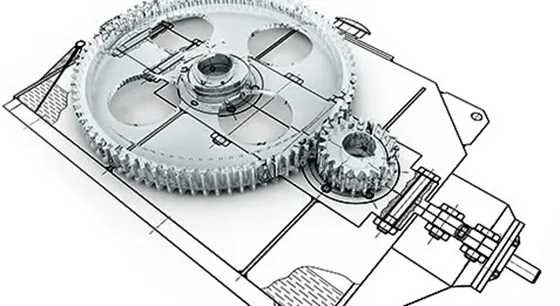The Impact of CAD/CAM Software on Mechanical Design
Enhancing Mechanical Design with CAD/CAM Software
Understanding CAD and CAM
CAD (Computer-Aided Design) software is tool used by engineers designers to create precise 2D or 3D models of parts or assemblies. On the other hand, CAM (Computer-Aided Manufacturing) software is for translating these designs into instructions for automated machinery.
Evolution of CAD/CAM Software
Over the years, CAD/CAM software has transformed the mechanical design industry by providing advanced tools for modeling, simulation, and analysis.
Key Features of CAD/CAM Software
3D Modeling Capabilities
CAD/CAM software offers advanced 3D modeling tools that allow designers to create detailed and realistic representations of their designs. This helps in visualizing the final product and identifying potential issues early in the design phase.
Simulation and Analysis Tools
Simulation tools within CAD/CAM software enable designers to test their designs under various conditions, such as stress, heat, or fluid flow. This helps in identifying weaknesses and optimizing designs for better performance.
Automated Design Optimization
CAD/CAM software often includes optimization algorithms that can automatically improve designs based on predefined criteria. This feature saves time and ensures that designs meet performance requirements.
Improving Efficiency in Mechanical Design
Streamlining Design Processes
CAD/CAM software simplifies design tasks by automating repetitive processes and providing intuitive interfaces. This results in increased efficiency and reduced design time.
Enhancing Collaboration Among Team Members
CAD/CAM software enables seamless collaboration by allowing multiple team members to work on the same design concurrently. This leads to better communication and a faster decision-making process.
Reducing Time to Market
By accelerating the design phase and eliminating errors early on, CAD/CAM software helps in reducing the time it takes to bring a product to market. This can result in cost savings and increased profitability.
Precision and Accuracy in Mechanical Design
Eliminating Human Error
CAD/CAM software reduces the risk of human error in the design process by automating calculations and ensuring consistency across different design elements.
Ensuring Consistency in Design
Consistency is key in mechanical design, and CAD/CAM software helps maintain uniformity in dimensions, materials, and tolerances throughout the design.
Achieving Tight Tolerances
With the precision offered by CAD/CAM software, designers can achieve tight tolerances in their designs, resulting in high-quality products that meet stringent requirements.
Integration with Manufacturing Processes
Seamless Transfer of Designs to Production
CAD/CAM software ensures a smooth transition from design to production by generating machine-readable files that can be directly used by CNC machines or 3D printers.
Enhancing CNC Machining Capabilities
CAD/CAM software optimizes CNC machining processes by generating toolpaths and automating machining operations. This leads to improved efficiency and higher machining accuracy.
Ensuring Compatibility with Various Manufacturing Techniques
CAD/CAM software supports a wide range of manufacturing techniques, from additive manufacturing to traditional subtractive methods. This versatility ensures that designs can be manufactured using the most suitable process.
Conclusion
In conclusion, CAD/CAM software plays a pivotal role in modern mechanical design by enhancing efficiency, precision, and collaboration among team members. By utilizing the advanced features of CAD/CAM software, companies can bring innovative products to market faster and with higher quality standards.




Very Useful
ReplyDeleteSomething New 😮
ReplyDelete